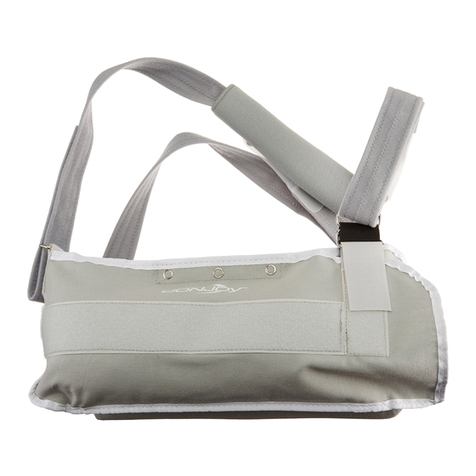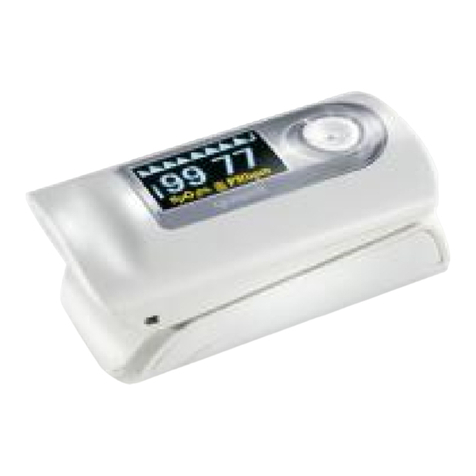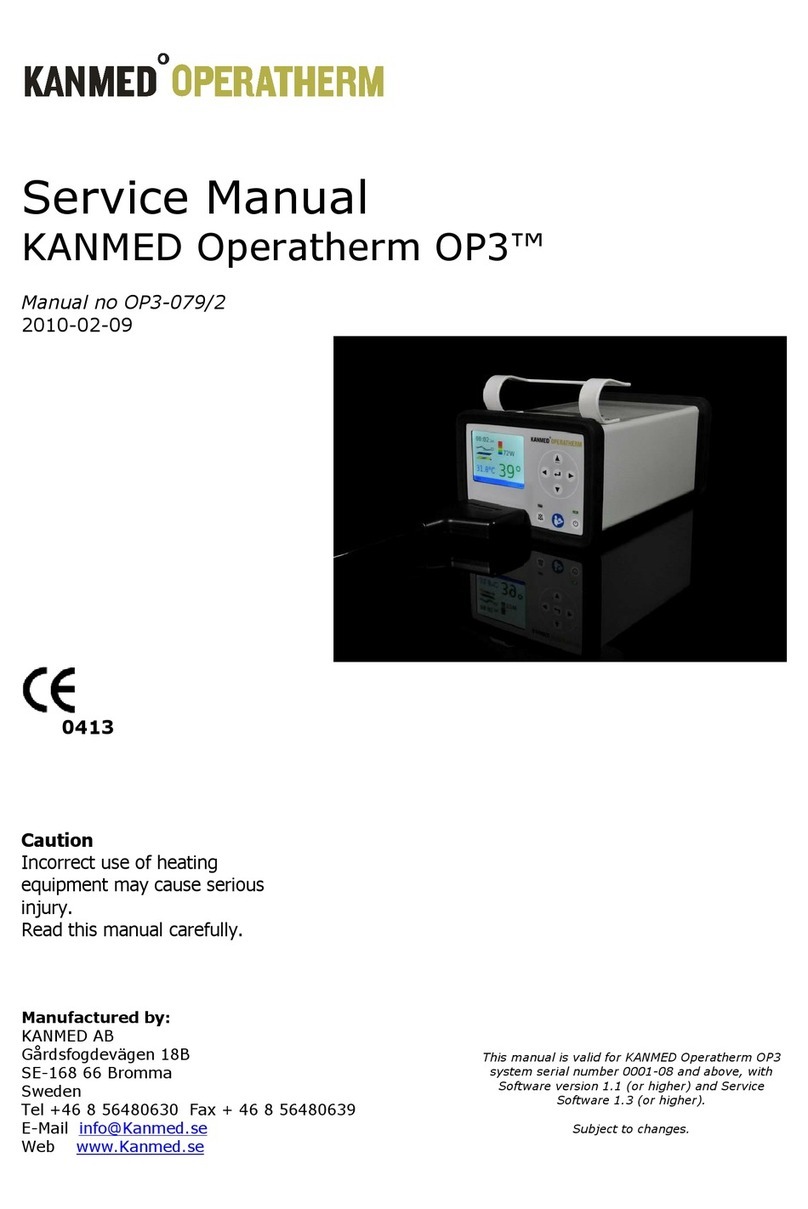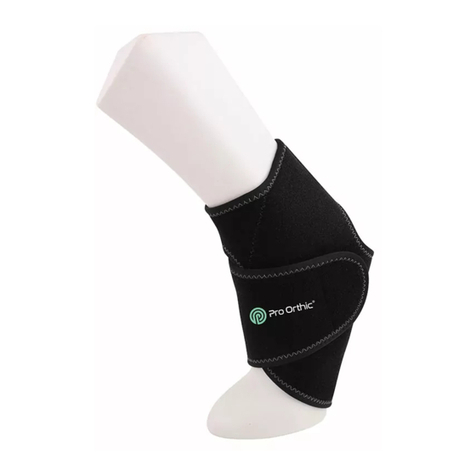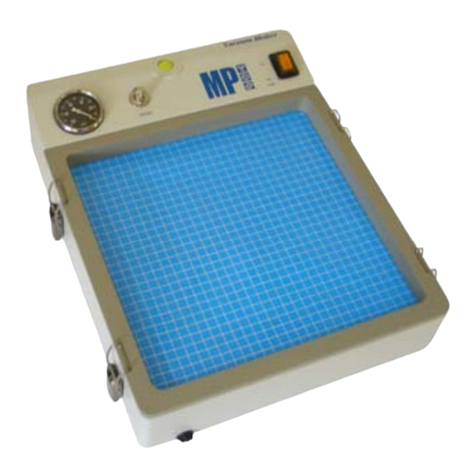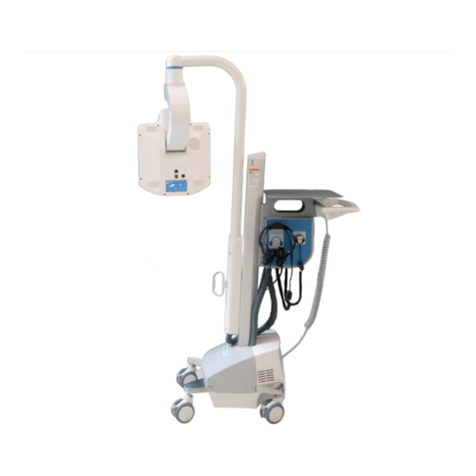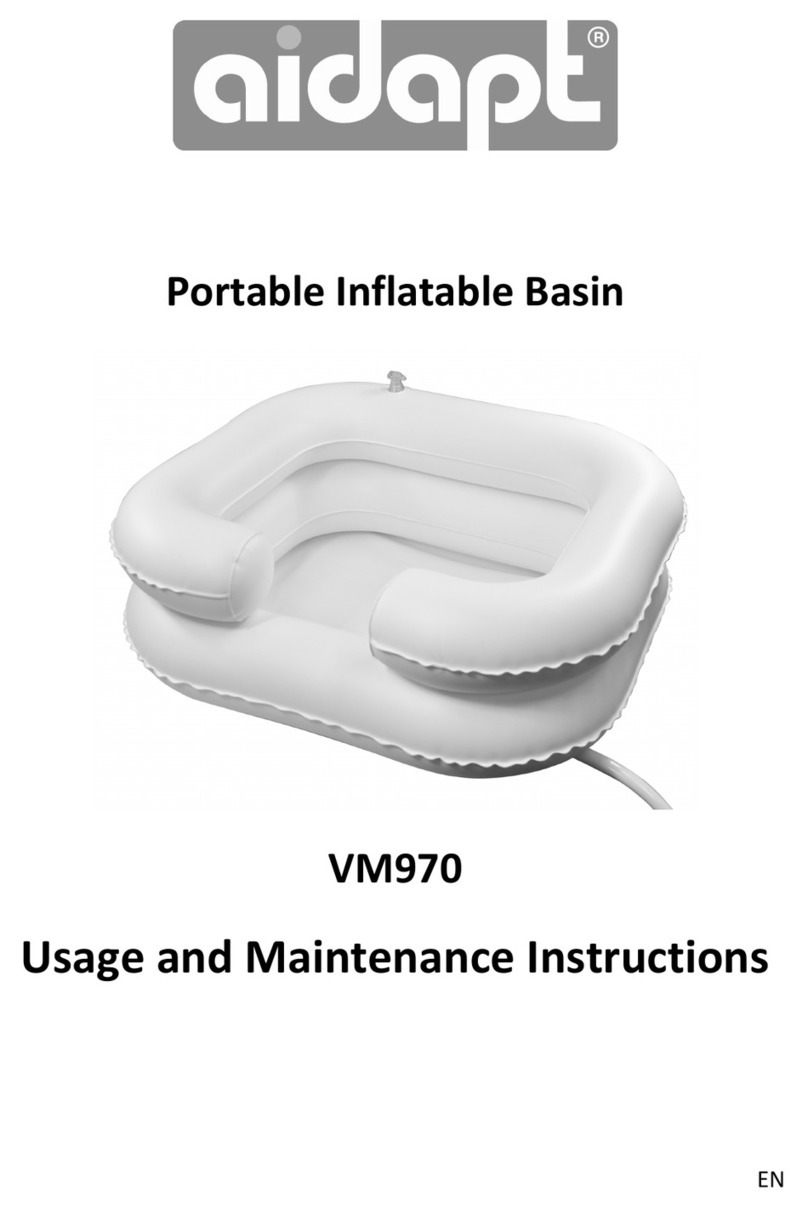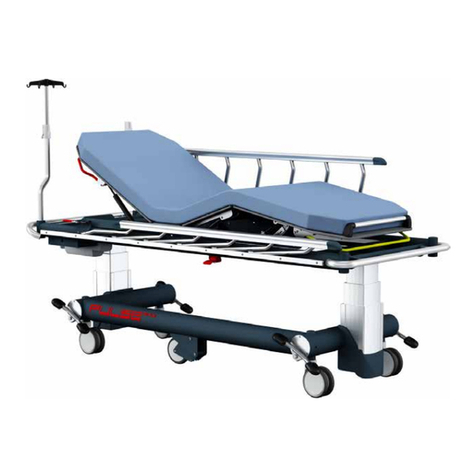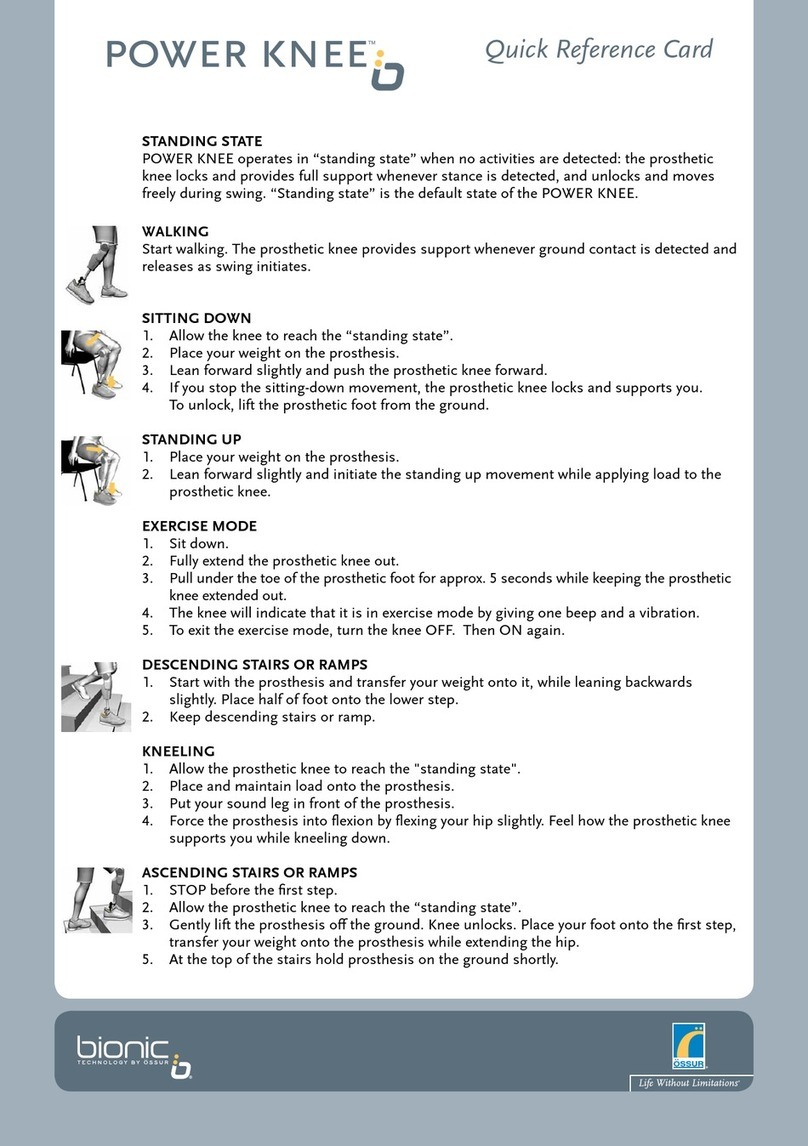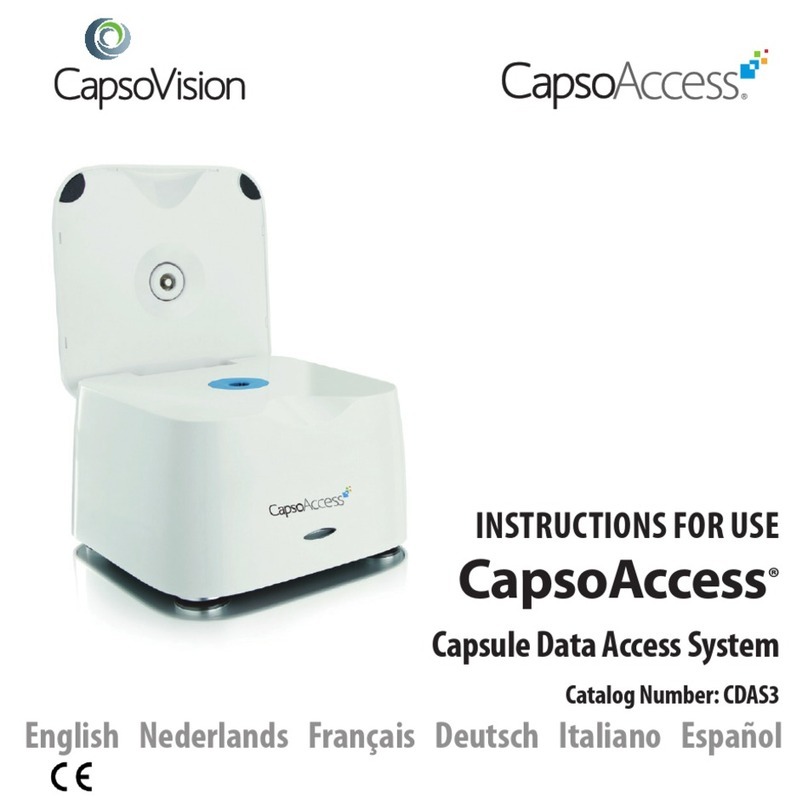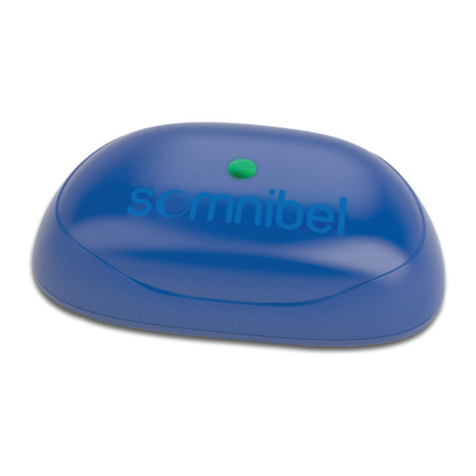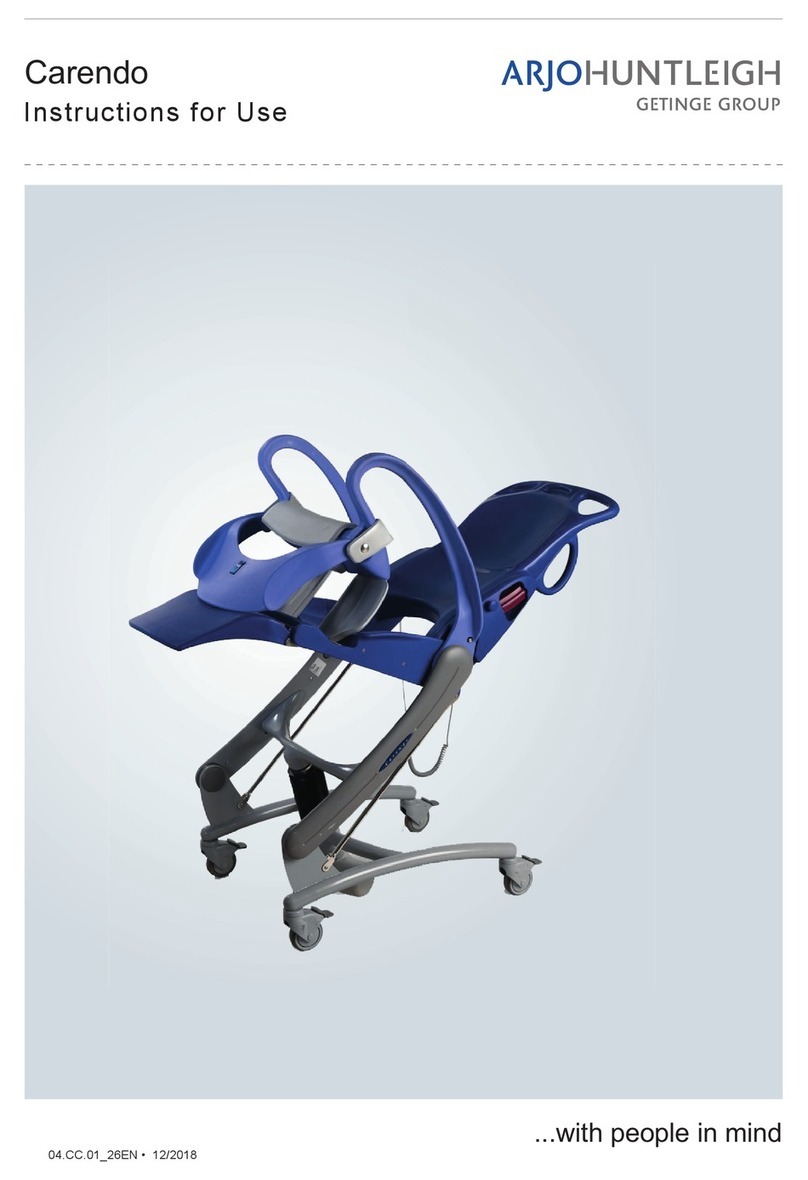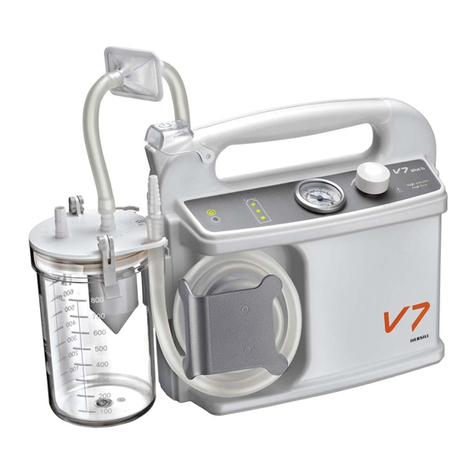ESPAÑOL
1. Precauciones y Advertencias
Atención: Las leyes federales (Estados Unidos de América) condicionan la
comercialización de este aparato para ser vendido por, o por orden de, un médico (CFR
21 801.109).
• El dispositivo V7 g debe ser utilizado por personal adiestrado en el uso de
equipamiento médico.
• Leer y seguir las instrucciones de este manual.
Riesgo de explosión o fuego:No utilizar el equipo cerca de líquidos o gases
inflamables o explosivos.
Riesgo de descarga eléctrica: No sumerja este aparato en ningún líquido. Podría
producirse una descarga eléctrica con daños para las personas y el aparato.
Desconecte el equipo de la toma de corriente externa antes de proceder a su impieza y
utilice una cantidad mínima de agua y líquidos.
Riesgo de condiciones ambientales extremas: No utilice este aparato en condiciones
que excedan los límites especificados: 0-55ºC y 95% de humedad; esto podría poner en
peligro la seguridad y afectar al funcionamiento.
Riesgo de entrada de líquidos al interior de la bomba: No ponga en funcionamiento
el aparato si existe algún daño en el sistema de sobre-llenado del frasco recolector o se
duda de contaminación por exceso de líquido.
Riesgo de contaminación del paciente: Utilice siempre un frasco recolector limpio y
un filtro de bacterias nuevo para cada paciente. Después de cada utilización es
necesaria la descontaminación del frasco recolector (ver Cap. 7.2).
Riesgo para el equipo debido a conexión errónea de la alimentación: Al cambiar la
batería, tenga cuidado para no invertir la polaridad, los polos tienen el mismo tamaño y
es posible conectarlos de forma incorrecta (ver Capítulo 7.1.2).
• Retire la batería cuando el equipo no vaya a ser utilizado durante un largo periodo de
tiempo.
• Para asegurar una correcta puesta a tierra, conecte el equipo a enchufes con
receptáculo de grado hospitalario o similar.
• Eventuales corte o anomalías en el suministro eléctrico no afectan al funcionamiento
esencial del equipo, entendiendo como tal el mantenimiento de los parámetros
ajustables de vacío y programa de intermitencia.
• Las reparaciones deben ser realizadas por personal cualificado por HERSILL o alguno
de sus distribuidores autorizados. Ese dispositivo debe ser limpiado de sangre u otro
residuo orgánico antes de ser puesto de nuevo en servicio.
• Siga las instrucciones referentes al uso de productos de limpieza y desinfectantes.
• Utilice solo accesorios originales provistos por HERSILL o sus distribuidores
autorizados.
• Los equipos eléctricos y electrónicos inservibles requieren ser reciclados
adecuadamente y no deben mezclarse con la basura doméstica. Para deshacerse de
equipos, componentes y accesorios deben seguirse estrictamente las leyes locales
dictadas a tal efecto.
• Las configuraciones de los componentes del producto pueden estar sujetas a
modificaciones sin notificación previa. Se recomienda consultar con el distribuidor de
HERSILL en referencia a las últimas versiones.
12




















